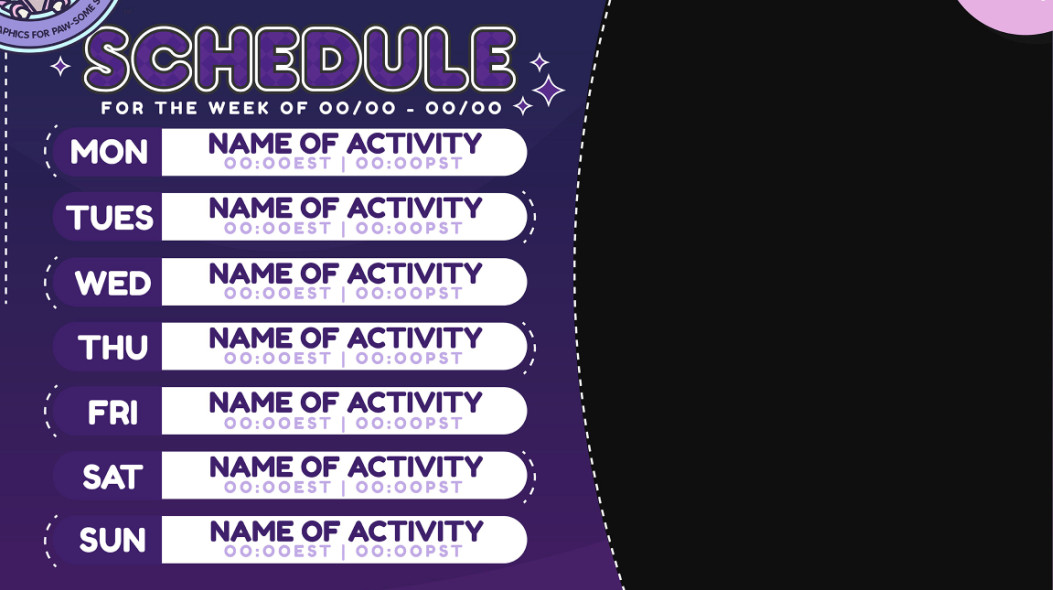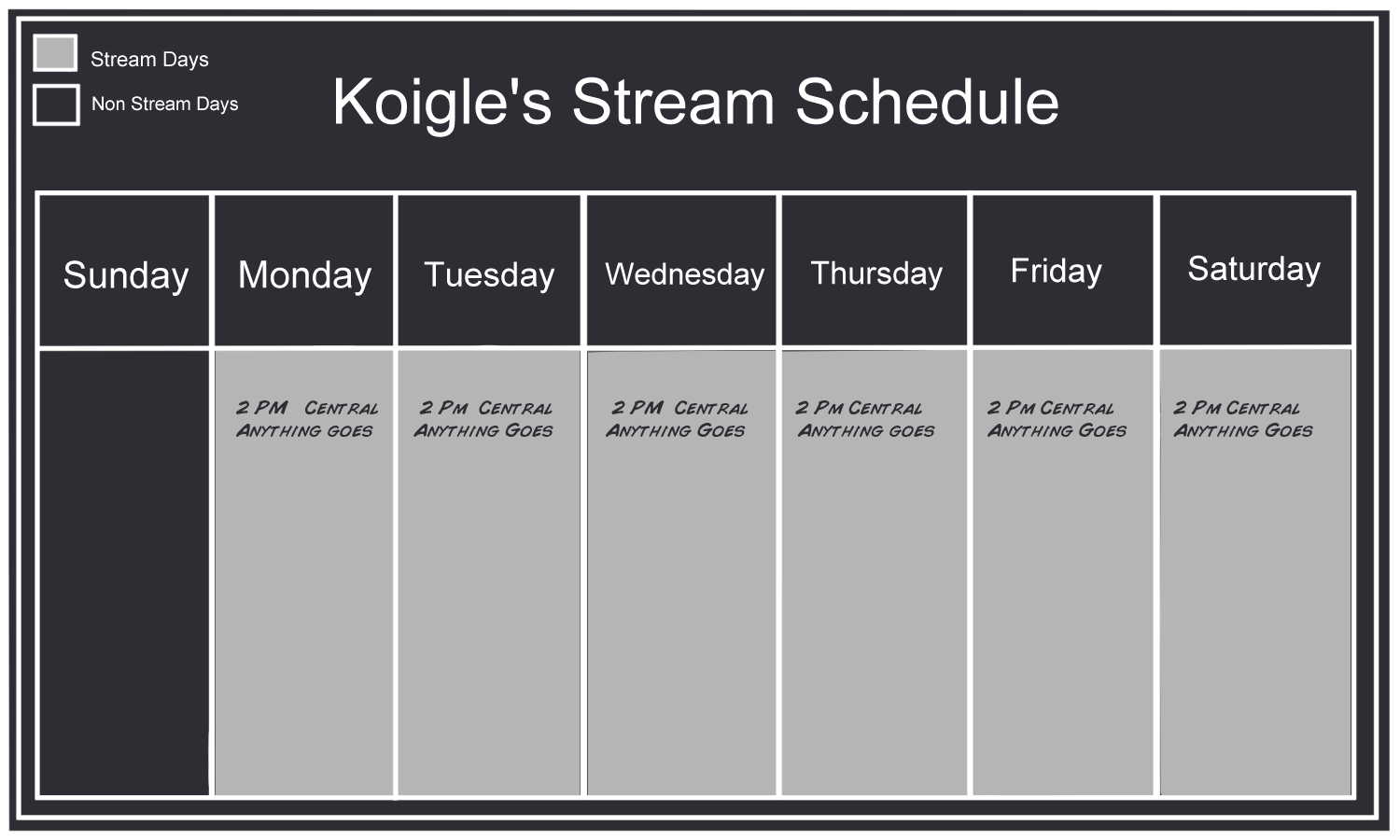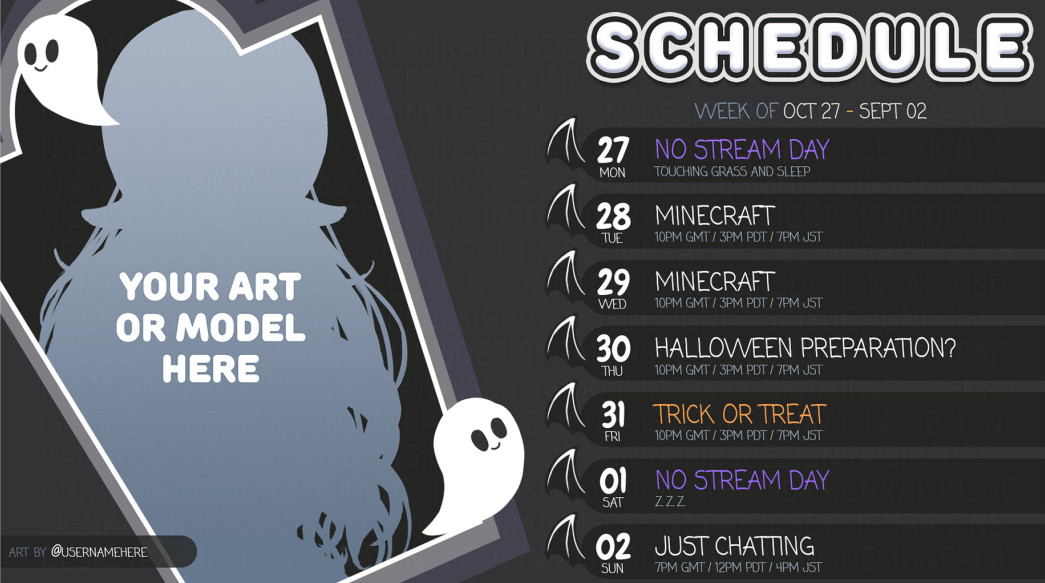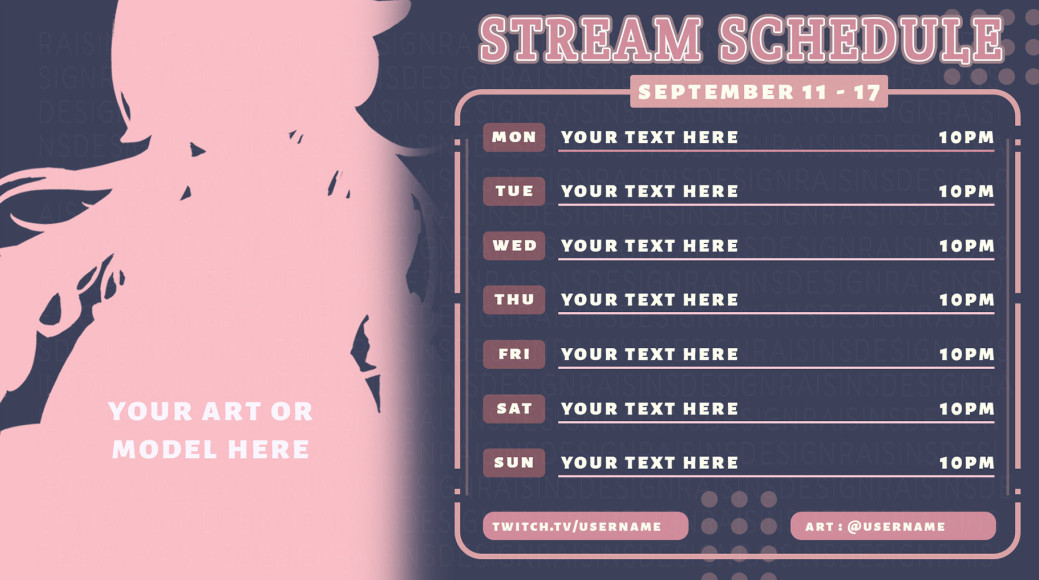Streaming has become an incredibly popular form of entertainment, with millions of people tuning in to watch their favorite streamers play games, create art, or simply chat with their audience. If you’re considering starting your stream, one of the key elements to success is creating a stream schedule.
In this guide, we’ll walk you through the process of creating a stream schedule that works for you and your audience.
Why is a Stream Schedule Important?
Before diving into the details of creating a stream schedule, let’s first understand why it’s important. A streaming schedule provides structure and consistency to your streaming activities. It helps your audience know when they can expect to see you live, allowing them to plan their time accordingly. A consistent schedule also helps build trust and loyalty with your audience, as they know they can rely on you to be there at the designated times.
Additionally, a stream schedule helps you manage your time effectively. By setting specific times for streaming, you can create a healthy work-life balance and avoid burning out. It also allows you to plan and prepare for each stream, ensuring you have the necessary equipment, games, or topics ready.
How to Create a Stream Schedule
Now that we understand the importance of a stream schedule, let’s dive into the step-by-step process of creating one:
1. Determine Your Availability
Start by assessing your availability and determining how many hours per week you can dedicate to streaming. Consider your other commitments, such as work, school, or family responsibilities. Be realistic about how much time you can commit to streaming without sacrificing other important aspects of your life.
2. Know Your Audience
Understanding your audience is crucial when creating a stream schedule. Analyze your viewership data to identify the peak hours when most of your audience is online. Take into account different time zones to ensure you’re catering to a global audience. By aligning your stream schedule with your audience’s preferences, you increase the chances of attracting and retaining viewers.
3. Choose Your Streaming Days and Times
Based on your availability and audience analysis, choose the specific days and times for streaming. Aim for consistency, as it helps your audience develop a routine around your stream. For example, you might decide to stream three times a week for two hours each session. Consider creating a mix of weekday and weekend streams to accommodate different viewer preferences.
4. Communicate Your Schedule
Once you’ve finalized your stream schedule, it’s crucial to communicate it to your audience. Update your streaming platform profile, social media accounts, and website with your schedule. Clearly state the days and times you’ll be live, and encourage your audience to follow or subscribe for notifications. Regularly remind your viewers about your schedule during your streams to reinforce the information.
5. Stick to Your Schedule
Consistency is key when it comes to a stream schedule. Stick to the days and times you’ve set, even if you’re not feeling motivated or if you have a smaller audience at first. By maintaining a consistent schedule, you’ll attract dedicated viewers who appreciate your reliability. If you need to make changes to your schedule, communicate them in advance to minimize confusion.
6. Experiment and Analyze
A stream schedule is not set in stone. As you gain experience and gather feedback from your audience, be open to experimenting with different days and times. Use analytics tools provided by your streaming platform to track viewer engagement and retention rates for each stream. Analyze the data to identify patterns and make informed adjustments to your schedule that better align with your audience’s preferences.
7. Be Flexible
While consistency is important, it’s also essential to be flexible and adapt to changes. Life happens, and unexpected events may arise that prevent you from sticking to your schedule. When this happens, communicate with your audience and let them know about any changes or cancellations. Showing transparency and understanding will help maintain a positive relationship with your viewers.
8. Evaluate and Improve
Regularly evaluate the effectiveness of your stream schedule and make improvements as needed. Pay attention to audience feedback and suggestions. Consider conducting surveys or polls to gather input from your viewers. Use the information gathered to refine your schedule and provide an even better streaming experience for your audience.




The Benefits of a Well-Planned Stream Schedule
A well-planned stream schedule offers several benefits, including:
- Increased Viewership: By consistently streaming at designated times, you’ll attract more viewers who appreciate your reliability.
- Improved Audience Engagement: When your audience knows when to expect your streams, they can actively participate and engage with you during the live sessions.
- Enhanced Time Management: Having a set schedule allows you to manage your time more effectively, ensuring you have enough time for other activities outside of streaming.
- Opportunities for Collaboration: A clear schedule makes it easier for other streamers to plan collaborations or guest appearances on your stream.
- Monetization Potential: A consistent schedule helps attract sponsors and advertisers who are more likely to invest in streams with a dedicated and engaged audience.
- Professionalism: Having a well-planned stream schedule demonstrates professionalism and dedication, setting you apart from casual or irregular streamers.
- Personal Growth: Following a consistent schedule helps you develop discipline, time management skills, and a strong work ethic.
Conclusion
A streaming schedule is a crucial element for any streamer looking to attract and retain viewers. By following the step-by-step approach outlined in this guide, you can create a stream schedule that suits your availability and audience preferences. Remember to be flexible, experiment, and regularly evaluate and improve your schedule based on feedback and data. With a well-planned stream schedule, you’ll be on your way to building a successful and thriving streaming community.
